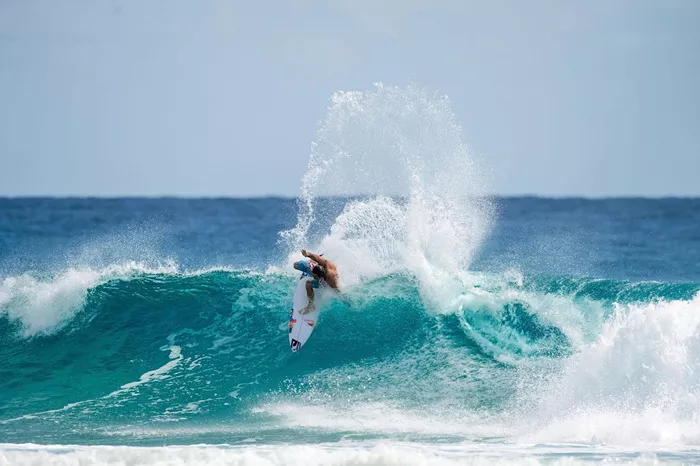A proposed 20-year redevelopment plan for the Snapper Rocks to Rainbow Bay foreshore has sparked significant opposition from local residents and surfing legends, raising concerns about the future of one of Queensland’s most iconic coastal areas.
Gold Coast City Council’s draft masterplan, unveiled after months of community consultation, aims to transform the foreshore by removing a road and car park adjacent to the beach, replacing them with expanded green spaces and pedestrian pathways. The plan also includes refurbishing or relocating the aging Rainbow Bay Surf Life Saving Club, a historic fixture in the community.
Concept images released by the council depict a modern, cleaner foreshore with improved accessibility, linking new parking areas located further inland to the beach via walking paths. Despite these improvements, many locals have expressed frustration and opposition.
Steve Boyle, a longtime visitor and property owner near Rainbow Bay, described the proposal as “ludicrous,” arguing that removing convenient parking would inconvenience beachgoers. “The idea of removing car parks and pushing everyone further away from the beach is ridiculous,” Boyle said.
Snapper Rocks is renowned internationally as a premier surfing destination, attracting hundreds of surfers daily to its challenging waves. Competition for parking often matches the intensity of competition for waves.
Joel Parkinson, former world surfing champion and Snapper Rocks Surf Riders Club legend, acknowledged the foreshore’s need for rejuvenation but voiced reservations about the scope of the council’s vision. “It’s a little bit tired and could use a freshen up,” Parkinson said. “But even if you added 1,000 car parks, it still wouldn’t be enough.”
Mick Fanning, another former world champion and local resident, emphasized the need for careful planning to preserve the area’s natural beauty and cultural significance. “It’s such a beautiful wave and an incredible place,” Fanning said. “My biggest concern is that we don’t ruin an iconic spot on the southern Gold Coast.”
The future of the Rainbow Bay Surf Life Saving Club is a focal point in the debate. Established in 1962, the club is one of the oldest surf lifesaving facilities on the Gold Coast and holds deep community value. The club’s north-facing deck is famous for panoramic sunset views and its honour board commemorates champions including Fanning, Parkinson, Steph Gilmore, and Kelly Slater.
Gold Coast architect Philip Follent highlighted the club’s deteriorating condition, noting it requires substantial maintenance. “The building’s verandah is lovely but currently unsafe,” he said. “While unlikely to receive heritage listing due to its condition, it should be preserved and strengthened without losing its character.”
An online petition to secure heritage protection for the surf club has amassed over 6,000 signatures in two weeks.
In response to strong public interest, the council extended the community consultation period to June 20, inviting further feedback. A council spokesperson stressed that no final decisions had been made regarding the club or foreshore development.
The Rainbow Bay Surf Life Saving Club has expressed support for the masterplan, affirming its desire to maintain and enhance the club’s footprint and facilities.
Local resident James Nixon, who recently relocated permanently to Rainbow Bay after decades of holidaying there, expressed concern about potential changes. “It’s about preserving the vibe and ambience of the area,” Nixon said. “If it’s not broken, don’t fix it.”
As consultations continue, the community remains divided over how best to balance modernization with preserving the character and heritage of Snapper Rocks and Rainbow Bay.


